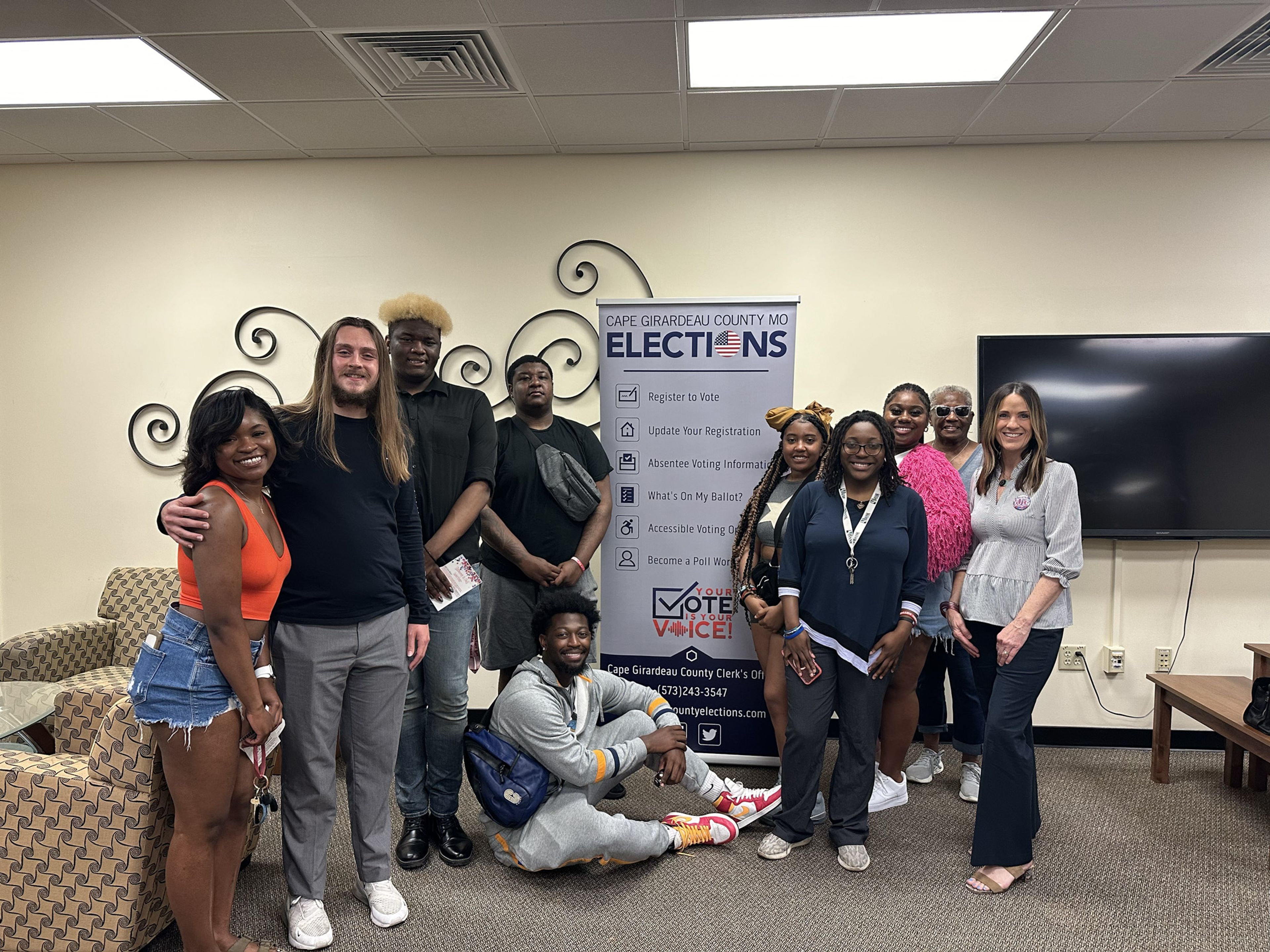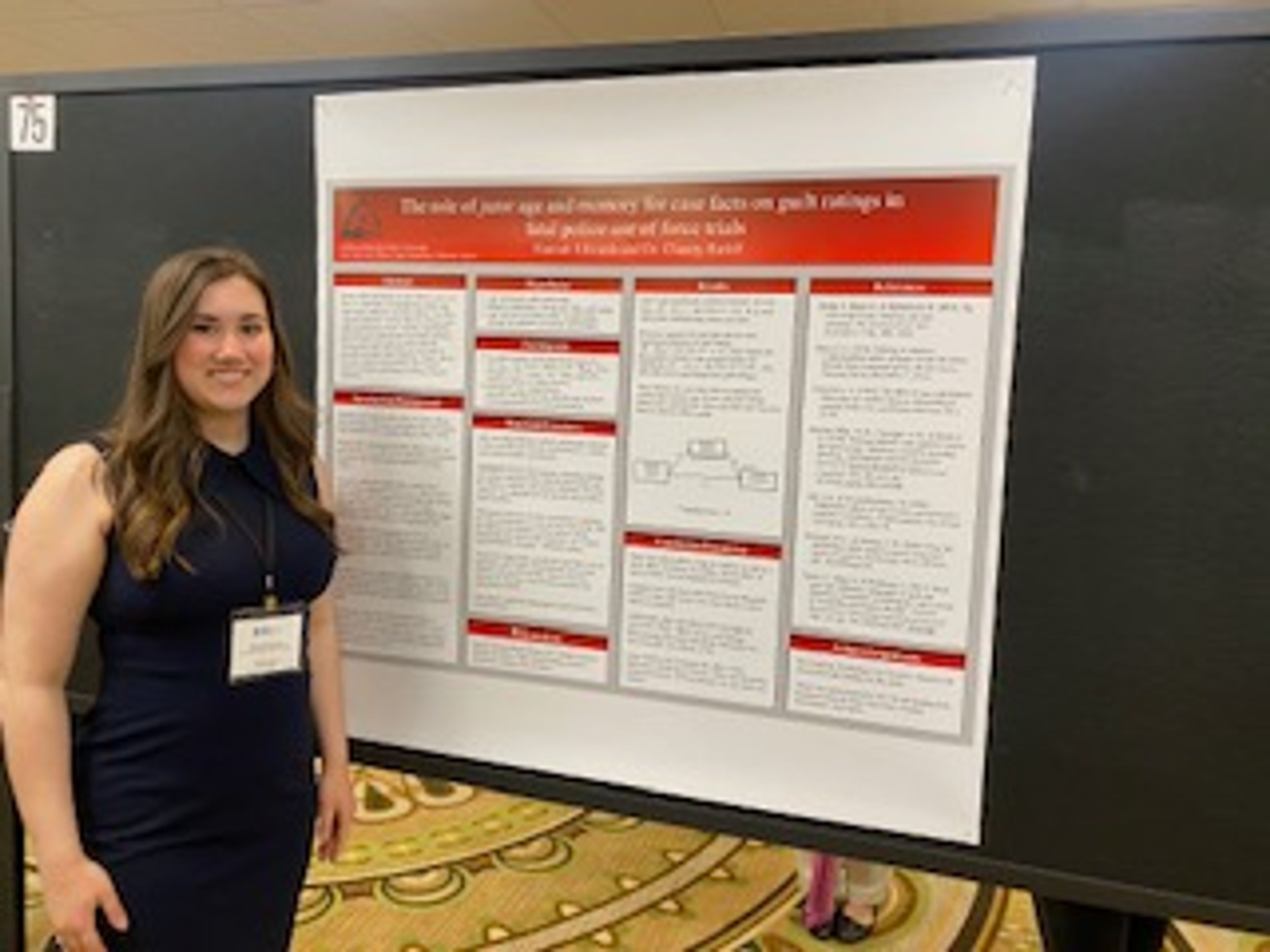Dr. Santaneel Ghosh, an associate professor in the Department of Physics and Engineering Physics at Southeast Missouri State University, was awarded a faculty fellowship with the U.S. Air Force Research Laboratory this summer.
There, he'll work on the development of a nanodevice to spot and measure stress levels of service members early.
Ghosh said the process prior to approval was a competitive one with several rounds of review. He submitted a proposal, much like a grant, back in November, focusing on the research's benefit to the U.S. Air Force's overall mission. He explained, however, that the nanobioengineering field characteristically has numerous applications in situations of military defense.
"Our research activities and our initiatives are very much aligned to the different needs," Ghosh said.
According to Ghosh, a person can be under stress even before they know they are.
"When someone is under stress, at a certain stage there will be the systemic manifestation -- blood pressure goes high, blood sugar goes high," Ghosh said. "But even before that, stress can actually cause a lot of problems in the cellular and molecular level."
And when it comes to the line of duty, a split-second decision can affect an entire situation's outcome, large or small.
"Already, if you're under stress, things will start happening which destabilize the normal homeostasis, and it affects your performance," Ghosh said. "For Air Force personnel, men and women who are going for the broader mission needs, any disturbance or any disruption can basically have severe consequences when they're performing their mission."
The device would be hand-held and take a couple of drops of blood, similar to a blood glucose monitor. Instead of blood sugar, though, Ghosh said the reading would be an expression of a particular bodily chemical related to stress.
Ghosh currently is applying for a patent on the device. But, still at the research level, he added that a time frame for putting it out in the marketplace has yet to be determined.
Ghosh noted he sees relevance back in the classroom, too. He said nanobioengineering and other nanosciences are changing industries across the board. Its uses in medicine, pharmaceuticals and alternative energy open more and more doors in the job market for his students.
He has perceived a jump in enrollment numbers as a result. Ghosh said nearly 50 students participated in an April 6 orientation and enrolled in nanobioengineering courses for the summer. Out of those students, more than 30 were at the graduate level.
Diversity in the program has noticeably grown as well.
"Usually in the subject of engineering and physics, women participation is still very less in the country," Ghosh said. "In this field, we have seen a considerably higher number of women participation."
Ghosh added that national nanotechnology initiatives estimate 5 percent or about $1 trillion of the U.S. gross domestic product (GDP) will be spent on nanotechnology by 2020.
"We are seeing a huge growth potentialize, which should be tapped by Southeast Missouri State University to further the education and make most of the graduate education in the field of cutting-edge technology and leverage on the existing components and resources that we have and establish a link with potential resources, like the U.S. Air Force, or other universities might have," Ghosh said. "So this is something that I'm trying to achieve in the near future."




